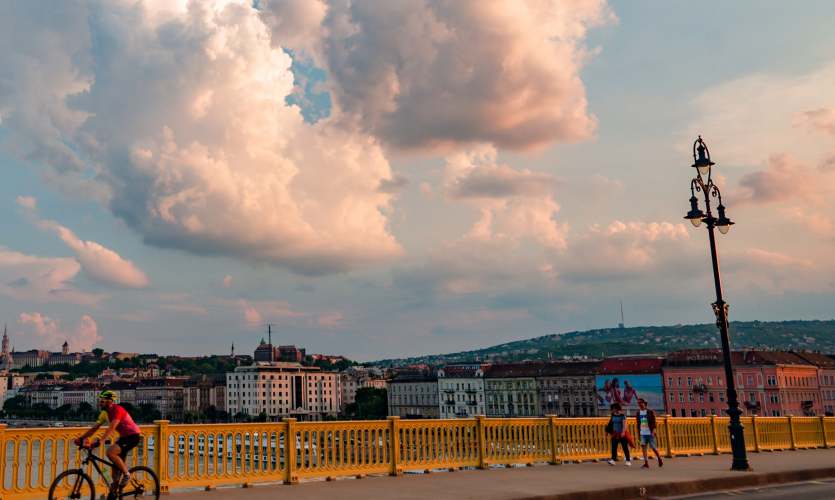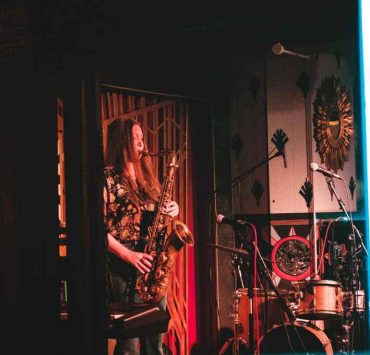Continuing our series on the different flavours of Budapest Districts, we present more detailed information on Districts II, III and IV.
Budapest District II
District II is located west of the Danube and has two distinct parts: the more densely populated area close to the river and the greener, more hilly outer area. This leafy suburb of Budapest used to be the location of numerous vineyards, but most of them were wiped out in the latter part of the 1800s. This catastrophe, however, had a positive effect on the city’s growth, as it allowed the building of many residential properties. The area is quiet and popular with families.
The oldest part of District II is northern Víziváros (Watertown). In this general area you will find the northernmost Islamic holy place in Europe, the Tomb of Gül Baba, near the foot of Margaret Bridge, in Gül Baba Street. The district also boasts three Turkish Baths: Veli Bej (opened in 2012.); the Király Baths; and the Lukács Thermal Bath.
A bejegyzés megtekintése az Instagramon
The hilly area of Budapest’s District II is famous for the Petneházy Riding School and golf course. The area is mostly suburban and has huge expanses of green spaces, bigger family houses and gardens. Although this is officially a part of the city and has easy transport links to the centre of Pest, about 30 minutes by tram, it has a very calm, small-town feel.
The most notable part of this district is the Rózsadomb (Rose Hill). It is a more affluent area with many exclusive villas and is known for its spectacular views and clean air.
A bejegyzés megtekintése az Instagramon
The white, blue and red Children’s Railway train is in the Buda Hills, which you can catch just after the terminus of tram No. 56. This Railway takes you up to Széchenyi Hill, where you can enjoy one of the best panoramas of Budapest.
Neighborhoods:
Adyliget, Budakeszierdő, Budaliget, Csatárka, Erzsébetliget, Erzsébettelek, Felhévíz, Gercse, Hársakalja, Hárshegy, Hűvösvölgy, Kővár, Kurucles, Lipótmező, Máriaremete, Nyék, Országút, Pálvölgy, Pasarét, Pesthidegkút-Ófalu, Petneházy-rét, Remetekertváros, Rézmál, Rózsadomb, Szemlőhegy, Széphalom, Szépilona, Szépvölgy, Törökvész, Újlak, Vérhalom, northern Víziváros, Zöldmál.
Interested in reading more about district II? Click here!
Budapest District III – Óbuda-Békásmegyer
District III lies in the northern part of Budapest and is the oldest and second largest district. The Roman colony of Aquincum was located here, in the early years of the first millenium. Aquincum served as the northernmost boundary of the Roman Empire and several remains from the Roman era are still viewable in the Aquincum Museum.
The center of the district is Fő tér (Main Square) and Flórián tér. Around Fő tér you will find many administrative and impressive commercial baroque buildings, like the town hall, surrounded by lovely cobbled streets, and the Zichy Palace. For the hungry traveler, there are also a handful of taverns on Fő tér offering traditional Hungarian cuisine. Fő tér hosts a charming Advent Festival each December with concerts, childrens’ programs, street food and drinks.
Hikers will enjoy the green areas on Római Part on the western Danube bank, on Csillaghegy and in the hills west of Bécsi út. In addition, Hajógyári-sziget is home to the popular Sziget Festival every summer.
Neighborhoods:
Óbuda, Aquincum, Aranyhegy, Békásmegyer, Csillaghegy, Csúcshegy, Filatorigát, Hármashatárhegy, Kaszásdűlő, Mátyáshegy, Mocsárosdűlő, Óbudai-sziget, Remetehegy, Rómaifürdő, Solymárvölgy, Szépvölgy, Táborhegy, Testvérhegy, Törökkő, Ürömhegy, Újlak.
Read our article on Sziget festival here!
Budapest District IV – Újpest
Újpest is one of Budapest’s youngest districts, which began to develop in the second half of the 19th century. It is mainly a residential and industrial area, with socialist-era housing estates dominating the city-scape in this district.
A bejegyzés megtekintése az Instagramon
Noteworthy sites includes the Víztorony (Water Tower), Szent István tér (St. Stephen’s Square), and Egek Királynéja főplébánia (Queen of Skies main parish church). Népsziget is also located in this district and is home to a local dog training school. For food head to the Újpesti Piac és Vásárcsarnok, or check out one of the Hungarian restaurants in the area.
Neighborhoods:
Újpest, Megyer, Káposztásmegyer, Székesdűlő, Istvántelek.




